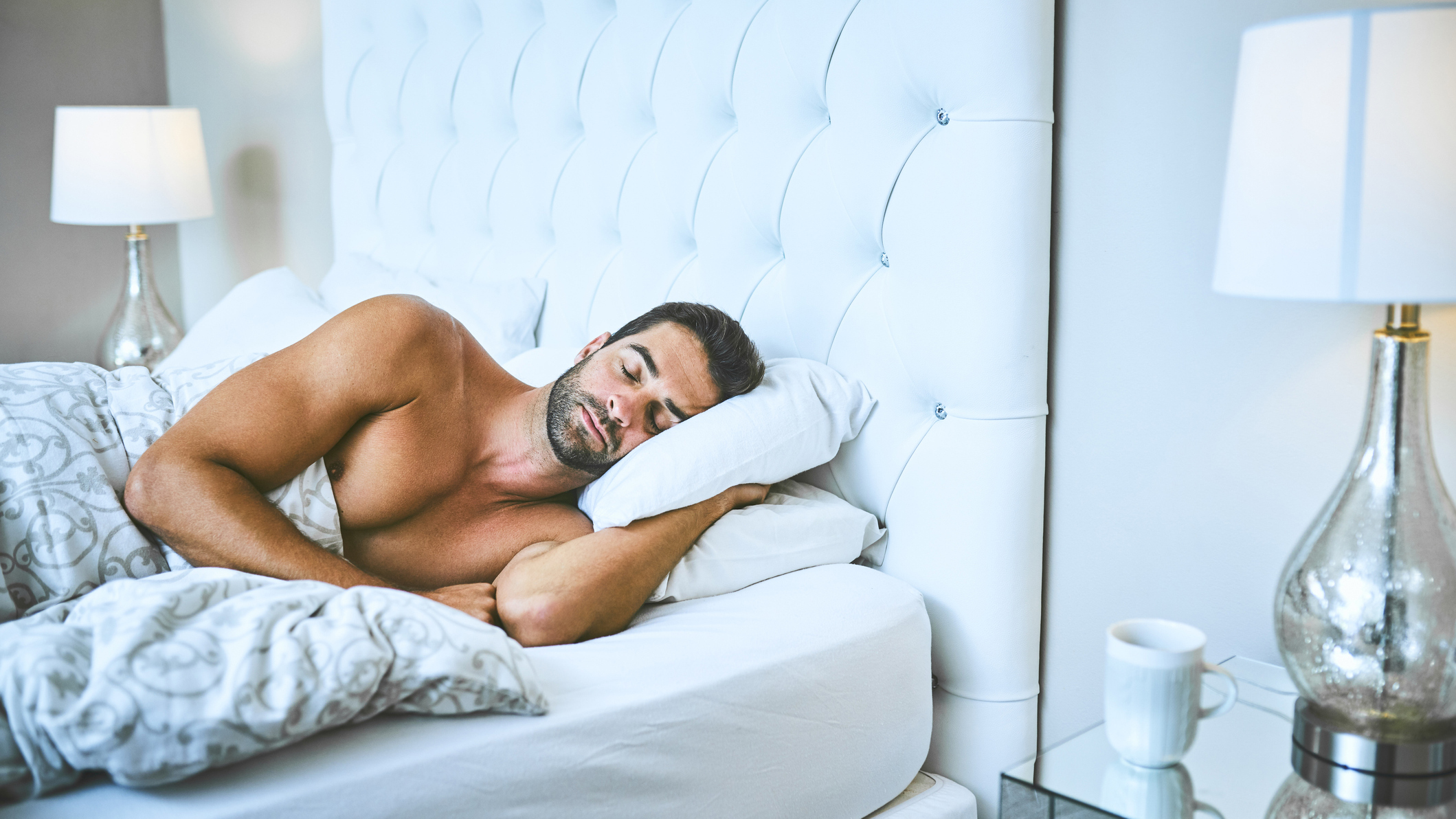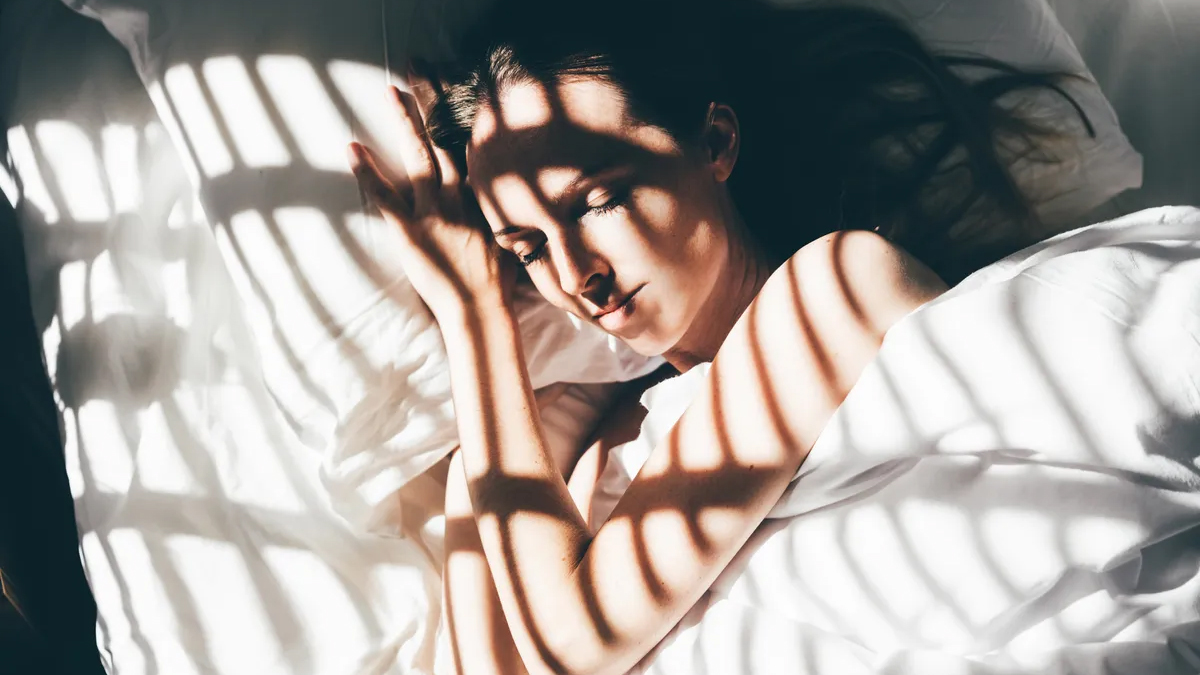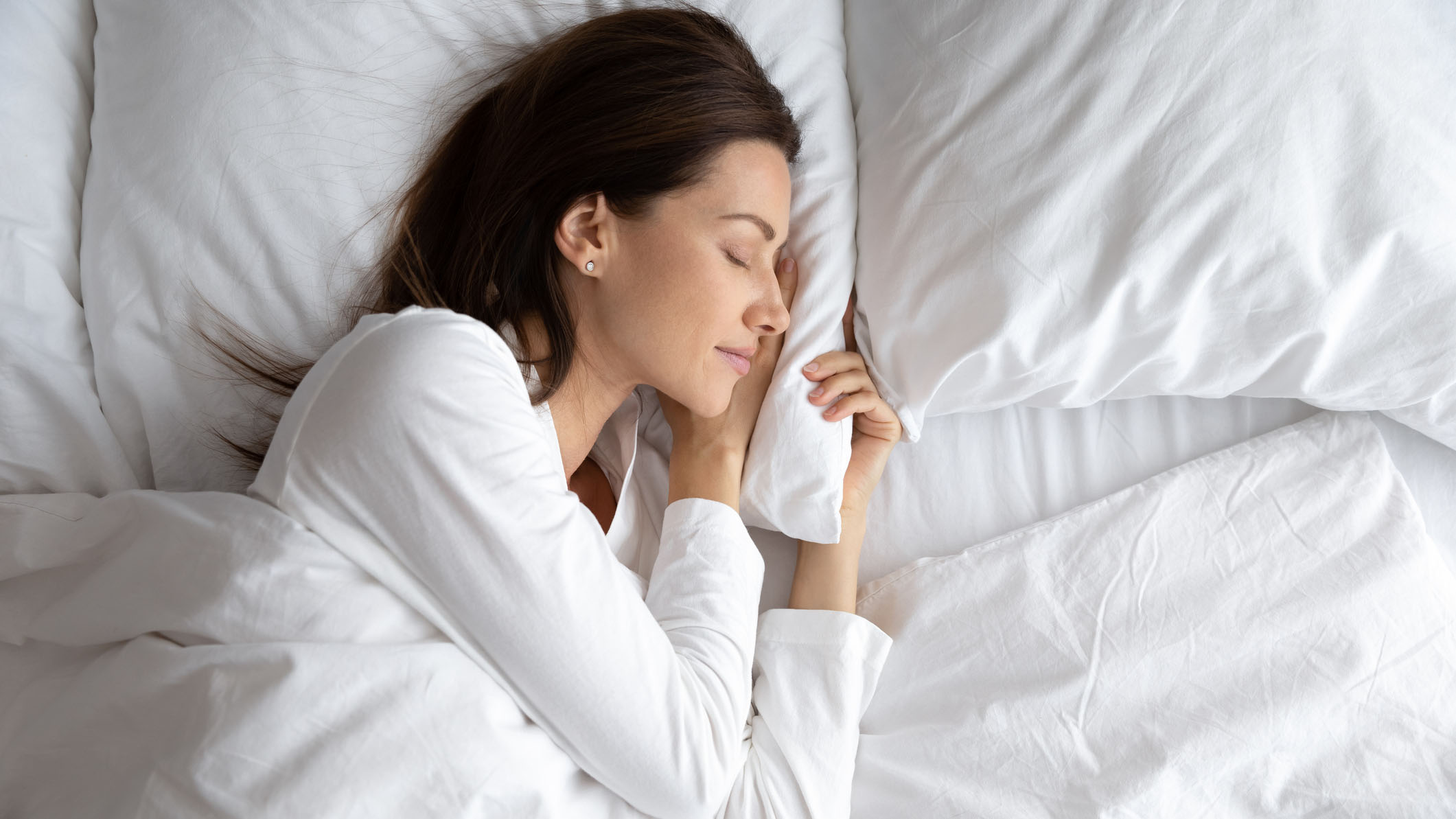
As winter presses on and temperatures continue to drop, you might be tempted to dig out the flannelette pajamas and turn up the electric blanket. Stop! According to sleep experts, layering up at night could send your core temperature skyrocketing, which can diminish sleep quality and lead to frequent wake-ups.
Instead, sleeping naked could lead to more restorative slumber — yes, even in the depths of winter. “Opting to sleep without clothes has its benefits, including the regulation of body temperature, prevention of overheating, and an overall less restrictive and more comfortable sleep experience,” explains Dr. Guy Meadows, a sleep expert at the Sleep School.
Of course, if you’re sleeping on one of the year’s best mattresses, it’s likely that your bed will already be regulating your temperature beautifully (keeping you cool in the summer and cozy in the winter). So before you layer up at night, let’s explore the number one benefit of sleeping naked and whether it's right for you.
What are the benefits of sleeping naked?
The main benefit of sleeping naked at night is that you stand a better chance of maintaining the optimal temperature for quality sleep. According to a recent study, the best sleep temperature for sleep is between 20 and 25 °C (68 and 77 F). Deviating too far from this temperature may make it tricky to fall and stay asleep.
While temperature is usually a big disruptor of sleep quality during the summer, it can have a negative impact in the winter too. This is because during the cool winter months, your instinct might be to layer up in heavy night clothes and bed socks to offset the cold.
However, once tucked up, you may find that you quickly warm up and may soon find yourself in a tangle of bed sheets as you attempt to cool down again.
“The choice between sleeping naked or in pajamas boils down to individual comfort and preference,” explains Dr. Meadows. “Each option offers its own set of advantages, and people tend to lean towards one based on their sleep habits.”

Why is sleep temperature so important?
Have you ever wondered why it can be so difficult to fall asleep during the hot summer months? Our sleep is regulated by our circadian rhythm – this is our body’s internal clock, which helps establish our sleep and wake cycle. Our circadian rhythm kick-starts our body’s production of the hormone melatonin, which helps wind us down for sleep at night.
However, factors such as too much caffeine, light and temperature can impact our sleep. Your body temperature naturally fluctuates throughout the day, but it tends to drop as you prepare for sleep. So a cooler sleep environment helps facilitate this natural drop in body temperature, signaling to your body that it's time to sleep.
As we sleep your body goes through a process known as thermoregulation, which is responsible for maintaining a stable internal temperature. This latest study into the relationship between sleep quality and temperature shows that sleeping in a room that is too hot can interfere with this process, leading to discomfort and potentially waking you up.
“When the temperature is too hot, it can make it difficult to fall asleep and stay asleep, disrupt sleep stages, increase sweating, and lead to dehydration,” Dr. Shelby Harris, a licensed clinical psychologist who specializes in behavioral sleep medicine, explained to us when we spoke to her about the relationship between quality sleep and temperature.
Naked or pajamas: Which is better for sleep?
While overheating can disrupt your sleep, you also want to avoid your temperature falling too low. Before deciding what to wear to bed, carefully consider the climate, season and your own sleep preferences.

“Sleeping naked might not provide sufficient warmth in cooler environments,” warns Dr. Meadows. “On the flip side, wearing pajamas can offer additional insulation and warmth, particularly in colder climates. Many people find soft and breathable sleepwear comforting. Yet, in warmer conditions, pajamas might contribute to overheating.”
When it comes to falling and staying asleep, comfort is hugely important. So if you feel more comfortable wearing pajamas to bed, continue to wear pajamas to bed. “Ultimately, the key is to discover what feels most comfortable for you and promotes restful sleep,” says Dr. Meadows.
“Consider factors like your body temperature preferences, the season, climate, and personal comfort to make the decision that suits your individual needs.”
How to maintain the right temperature for sleep
However you want to dress (or not) for bed, there are several steps you can take to ensure your bedroom is the optimal temperature for quality sleep. They include:
- Turn off the heating: During the winter, turn off your central heating one hour before bedtime so ensure your bedroom is the correct temperature.
- Choose breathable bedding and pajamas: Cotton and linens are breathable fabrics that help to regulate temperature and help prevent overheating.
- Sleep on a temperature regulating bed: The best cooling mattresses will keep you cool during the summer and cozy in the winter.
- Open a window: If you prefer to layer up for bed during winter, leave a window open ajar — this will help avoid overheating by keeping your bedroom well ventilated.







